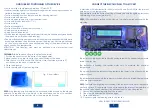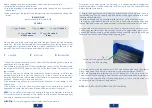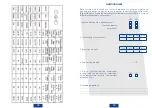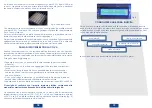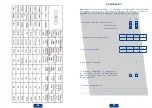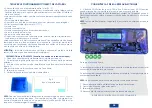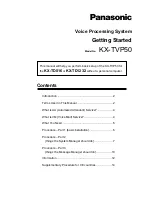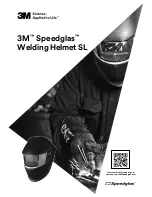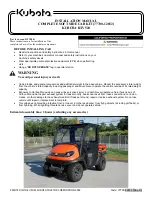
4
5
Between the base and the cover there are the eggs separators (6 for AF-25
and 8 for AF-50). Insert the separators in the appropriate seats and position the
separators following thesize of eggs to brood.
With a chicken egg of normal size it is possible to obtain 5 spaces that could contain 5
eggs each (for AF-25) and 7 spaces that could contain 7 eggs each (for AF-50). . For
eggs of other size it is possible to change the size and the position of the spaces, fitting
the separators in the numerous spaces available. It is important to position the eggs on
the eggs holder on all the surface in order to allow the warm air to uniform inside the
brooder .
BEFORE PROCEEDING WITH THE BROODING
The brooding temperature is adjusted electronically with a thermostatic
instrument ofhigher precision; therefore, there is not restrictions on the number
of eggs to brood except for the size of the eggs.
Follow these suggestions:
• Mark the eggs with a marker (it is a reference for the manual rotation);
• Position the eggs on the sliding base.
• Position the longer side of the eggs parallel to the separators in order to allow
the eggs to rotate easily while operating the rod.
• With eggs of little size it is possible to obtain more lines for each space.
Remember to leave the space in order to allow the eggs to rotate.
The device has been studied to work with a 230V 50Hz.
It is advisable to check if the electric equipment is in conformity to the same char-
acteristics of the device following the data on the label.
The brooder is calibrating during the test to have an internal uniform temperature
on 100°F (37,8° C) with an external temperature about 20°C.
It is possible to verify the temperature through the thermometer (picture 8) found
on theupper side of the cap:
30 minutes after the brooder working, the mercure line must coincide with the
referenceon the protection grille.
Even if minimum differences do not compromise the brooding, it is possible to
adjust the electronic circuit to restore these difference
As during the adjustment it is possible to come into contact with hot electronic
components, it is necessary to carry out this operation in the assistance centre.
Fig. 6 -Eggs separators
USEFUL SUGGESTIONS FOR A GOOD RESULT
It is important to consider the characteristics of the eggs to brood.
First of all the eggs must be fecundated. There are exacts parameters to respect
whichengrave on the fecundation degree and therefore on the percentage of
births:
Do not use eggs older than 5 or 6 days. They must be preserved for at least 24
hours in an appropriate box at a temperature of about 16 - 17 °C in an aired
place with dim light at a humidity of 45-55 %, in an appropriate box and with
the end turned downward.The use of eggs with more than 6 days reduce the
percentage of good result of thebrooding; in this case the hatching happens in
very irregular times and the chicks couldbe weak or even deformed.
The eggshell should be few porous (sign of too much calcium) of medium size,
not tooround and not too tapered.
Year of animals
Nutrition level
Health condition
Level of sexual maturity
Relation between male
and female
Fig.8




